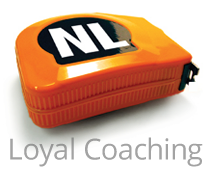Every once in a while there are some wonderful things that comes into the world of cycling. There is something wonderful about our sport that is graceful and full of freedom. Then there is the craftsmanship of the equipment that is just beautiful. So when I first saw a Omata I knew I wanted one.
As a coach, I always want to see data. But sometimes we can be overrun or held back by the numbers. Since the body follows the mind, it's good to be able to get out and just enjoy the act of riding. If an athlete has been doing all the right training and putting in the work, then they should know what effort they do on the bike will mean to them without having to always rely on looking at the data right in front of them.
The Omata is now my favorite way to ride without having the numbers right in front of me, and yet still getting the data I like to see later. I am able to see how off I was from how I felt, and how hard or easy I was really going.
On a more personal level I love watches. Panerai, Bell and Ross, IWC, etc. I don't have one of those yet, but I love basic analogue movement. Similar to my classic car, where my new car does just about everything better, the classic car has so much character, personality, and style.
If these are things that appeal to you, then the Omata will be a perfect match to your Pinarello, Colnago, or any other wonderful bike you love.
Check them out at Omata.com










